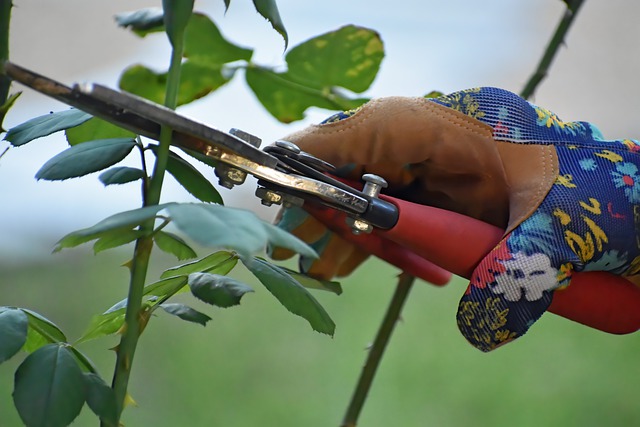how to prune trees and shrubs
Prune your way to a healthier garden!
The essential reasons for pruning are: plant health, aesthetics, to encourage flowering and fruiting, safety.
While pruning is said to be an art and science, it really is quite easy to master with some basic understanding behind the why, when, and how of pruning.
Call 847-566-2176 or Contact Us.

how to prune trees and shrubs – the basics
Why we need to prune
Always have a reason to prune – simply removing stems and branches with no reason can lead to unhappy plants.
Take your time! This is especially true when more severe/major pruning is required.
Think ahead. Imagine what the plant is going to look like after you’ve pruned it.
Pruning objectives;
- To encourage more flowering and fruiting.
- Improve and revitalize appearance, habit, and shape.
- Encourage reblooming.
- Create special features like hedges and topiaries.
- Safety. Removing branches that could be a safety risk.
Remember: Trees and shrubs are at their best when left to develop into their natural habit. Unfortunately, pruning is often necessary because of limited space requirements. Plan ahead. Choose plants and trees according to your space.
Take the early blooming forsythia for example. These beautiful, yellow flowered deciduous shrubs bear natural arching, long graceful stems. Yet we rarely see them in local gardens like that. They invariably are too large for the space and are pruned to a dull hedge type of form creating an unnatural, poor performing plant.
Canopy topping trees should always be avoided as it can cause lasting damage that will ultimately result in failure.
What to prune
When pruning, make the cut straight and not angular.
Damaged branches – If branches have been damaged by poor maintenance practice, wind damage or are rubbing together; remove them.
Crossing and rubbing branches – Remove at least one of the rubbing branches to prevent wounds that can become infected. As rule of thumb, remove the branch growing inwards.
Dead wood / insect and disease infected wood – Always remove these branches.
Suckers and watersprouts – Suckers and watersprouts add no benefit to the plant and should be removed. Suckers can grow from the plant’s roots (as well as from the base) and should not be sprayed with herbicides which can move into the tree.
Girdling roots – If left unchecked, girdling roots can limit growth and kill the plant. Girdling is a frequent cause of tree death. It is much easier to prune girdling roots yourself when the plants are young. For older trees, it would be wise to employ the knowledge and skills of a certified arborist.
How to prune – trees
Avoid flush cuts – This is particularly important when pruning trees. Do not damage the branch bark ridge – this is the area where the tree develops callus tissue to repair wounds. Do not remove limbs flush with the trunk! Cut just beyond the branch collar. Avoiding leaving a stub so that the tree can heal properly – this also applies to shrubs.
How to prune – shrubs
Being generally smaller than trees, shrubs are easier to prune.
To prune shrubs, follow these steps:
Identify which branches need to be removed. These may include dead, diseased, or damaged branches, as well as any that are crossing or rubbing against each other.
Use sharp, clean pruning shears to make a smooth cut just above a bud or a lateral branch.
Avoid leaving stubs, as they can lead to disease and insect problems.
Cut back the remaining branches to shape the shrub as desired. For general maintenance, do not to remove more than about one-third of the total growth. Repeat the pruning process annually or as necessary to maintain the desired shape and size of the shrub.
When to prune
The best time to prune a plant will vary depending on the type of plant and the specific pruning goal.
Deciduous trees and shrubs – the best time to prune is during the dormant season, typically from late fall to early spring, when the plant is not actively growing.
Spring-blooming shrubs – it’s best to prune them immediately after they finish blooming.
Summer-blooming shrubs – it’s best to prune them in late winter or early spring.
Evergreen trees and shrubs – the best time to prune is in the late spring or early summer, before new growth begins.
In general, it’s important to avoid pruning when a plant is under stress (such as during a drought or extreme heat), as it can make it more susceptible to disease and pest infestations. Also, it’s generally not a good idea to prune more than 25-30% of a plant’s canopy in one year.
Bonsai – the quintessential art of pruning. Consider growing some bonsai to discover the art and technique of pruning.

